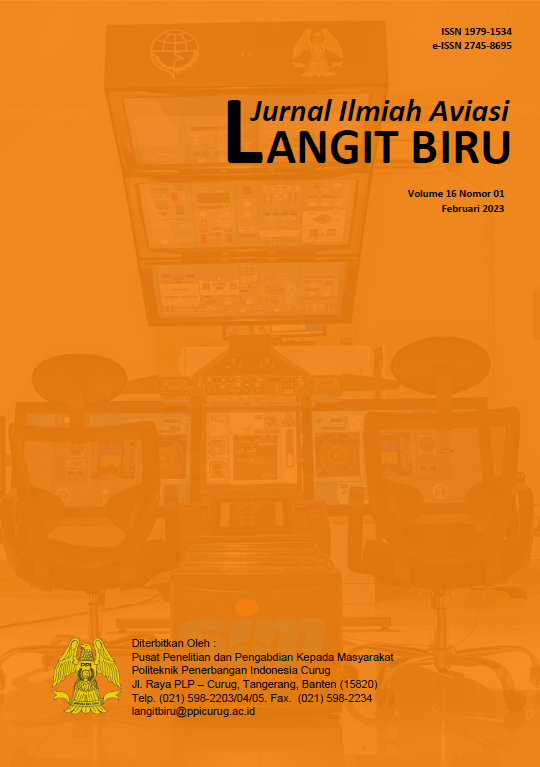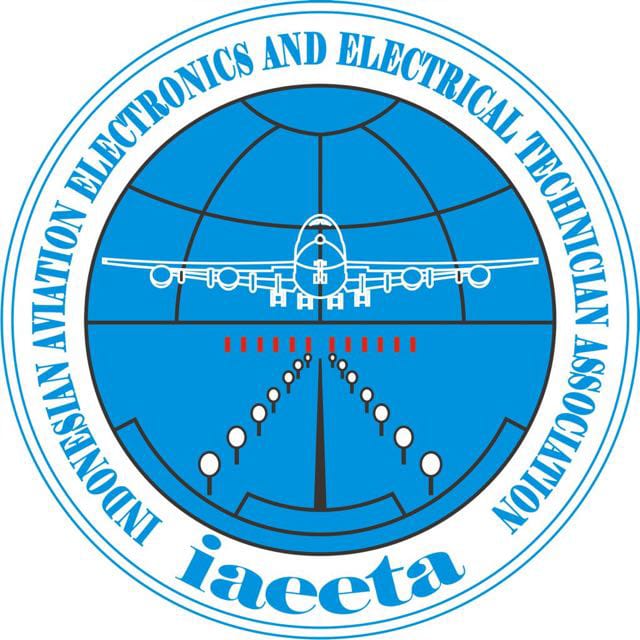Use of Various Fire Extinguishing Agents in Handling Electric Vehicle Fires
Abstract
Background: Electric Vehicles (EV) have become a popular choice as an environmentally friendly transportation alternative. The Indonesian government supports the use of electric vehicles through various policies. However, the increasing number of electric vehicles brings new challenges, particularly related to safety, namely electric vehicle fires. The development and implementation of handling strategies are needed considering electric vehicle fires are unique and different from conventional vehicle fires. The use of extinguishing agents is believed to have a significant impact in addressing electric vehicle fire challenges.
Method: Scoping Review following the PRISMA-ScR guidelines with a PEO framework. Searches through Science Direct and Google Scholar from 2014 to 2024, article filtering using Mendeley and Covidence. Results: A total of 230 articles were obtained, after which article filtering was conducted, selecting 9 articles that were relevant and met the criteria. This review identifies three main themes: types of extinguishing agents, methods of use, and trial results. Groups of solid, liquid, gas, foam, and chemical extinguishing agents can be used alone or in combination, showing the effectiveness of extinguishing agents in lowering temperatures to address fire hazards associated with electric vehicles. Conclusion: The use of various extinguishing agents has proven effective in handling electric vehicle fires.
Downloads
References
Huang, Y., Wu, Y., & Liu, B. (2021). Experimental investigation into the use of emergency spray on suppression of battery thermal runaway. Journal of Energy Storage, 38(April), 102546. https://doi.org/10.1016/j.est.2021.102546
Huang, Z., Liu, P., Duan, Q., Zhao, C., & Wang, Q. (2021). Experimental investigation on the cooling and suppression effects of liquid nitrogen on the thermal runaway of lithium ion battery. Journal of Power Sources, 495(February), 229795. https://doi.org/10.1016/j.jpowsour.2021.229795
International Energy Agency (IEA). (2022). Global EV Outlook 2022 - Securing supplies for an electric future. Global EV Outlook 2022, 221. https://www.iea.org/reports/global-ev-outlook-2022%0Ahttps://iea.blob.core.windows.net/assets/ad8fb04c-4f75-42fc-973a-6e54c8a4449a/GlobalElectricVehicleOutlook2022.pdf
Li, H., Peng, W., Yang, X., Chen, H., Sun, J., & Wang, Q. (2020). Full-scale experimental study on the combustion behavior of lithium ion battery pack used for electric vehicle. Fire Technology. https://doi.org/10.1007/s10694-020-00988-w
Li, Q., Yu, J., Liu, G., Ma, X., Si, W., Hu, X., Zhu, G., & Liu, T. (2023). Study on the Effectiveness of Water Mist on Suppressing Thermal Runaway in LiFePO4 Batteries. Crystals, 13(9), 1–19. https://doi.org/10.3390/cryst13091346
Lim, O. K., Kang, S., Kwon, M., & Choi, J. Y. (2021). Full-scale Fire Suppression Tests to Analyze the Effectiveness of Existing Lithium-ion Battery Fire Response Procedures for Electric Vehicle Fires. Fire Science and Engineering, 35(6), 21–29. https://doi.org/10.7731/kifse.8172e9b4
Liu, C., Zhao, L., & Lu, C. (2022). Exploration of the characteristics and trends of electric vehicle crashes: a case study in Norway. European Transport Research Review, 14(1). https://doi.org/10.1186/s12544-022-00529-2
Palma, D., Gentile, P., Mazzaro, M., & Russo, P. (2023). Experimental Study on Different Extinguishing Agents for Fire of Lithium Ion Batteries for Electric Mobility. Chemical Engineering Transactions, 104(June), 43–48. https://doi.org/10.3303/CET23104008
Peiyi Sun, Roeland Bisschop, Huichang Niu, & Huang, X. (2022). A Review of Battery Fires in Electric Vehicles. In 한국산업기술평가관리원 (Vol. 22, Issue 5).
Porritt, K., Gomersall, J., & Lockwood, C. (2014). JBI’s systematic reviews: Study selection and critical appraisal. American Journal of Nursing, 114(6), 47–52. https://doi.org/10.1097/01.NAJ.0000450430.97383.64
Saputra, M. C., & Andajani, E. (2023). Analysis of Factors Influencing Intention to Adopt Battery Electric Vehicle in Indonesia. ADI Journal on Recent Innovation (AJRI), 5(2), 100–109. https://doi.org/10.34306/ajri.v5i2.993
Tricco, A. C., Zarin, W., Ghassemi, M., Nincic, V., Lillie, E., Page, M. J., Shamseer, L., Antony, J., Rios, P., Hwee, J., Veroniki, A. A., Moher, D., Hartling, L., Pham, B., & Straus, S. E. (2018). Same family, different species: methodological conduct and quality varies according to purpose for five types of knowledge synthesis. Journal of Clinical Epidemiology, 96, 133–142. https://doi.org/10.1016/j.jclinepi.2017.10.014
Zhang, L., Li, Y., Duan, Q., Chen, M., Xu, J., Zhao, C., Sun, J., & Wang, Q. (2020). Experimental study on the synergistic effect of gas extinguishing agents and water mist on suppressing lithium-ion battery fires. Journal of Energy Storage, 32(June), 101801. https://doi.org/10.1016/j.est.2020.101801
Zhao, C., Hu, W., Meng, D., Mi, W., Wang, X., & ... (2024). Full-scale experimental study of the characteristics of electric vehicle fires process and response measures. In Case Studies in Thermal …. Elsevier. https://www.sciencedirect.com/science/article/pii/S2214157X23011954
Zhao, C., Hu, W., Meng, D., Mi, W., Wang, X., & Wang, J. (2024). Full-scale experimental study of the characteristics of electric vehicle fires process and response measures. Case Studies in Thermal Engineering, 53(September 2023), 103889. https://doi.org/10.1016/j.csite.2023.103889
Copyright (c) 2024 Supri Supri, Surya Tri Sapurta, Wildan Nugraha

This work is licensed under a Creative Commons Attribution-NonCommercial-NoDerivatives 4.0 International License.



.png)


1.png)
.png)












